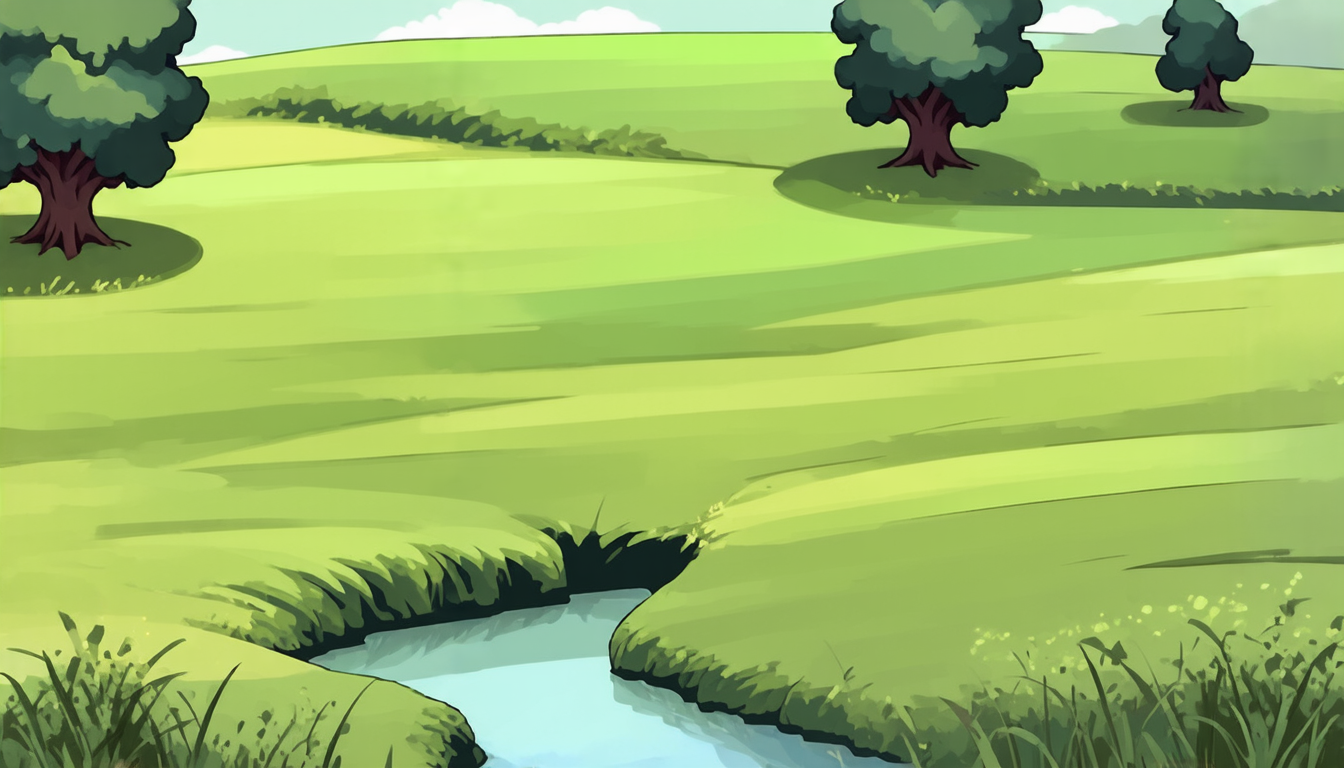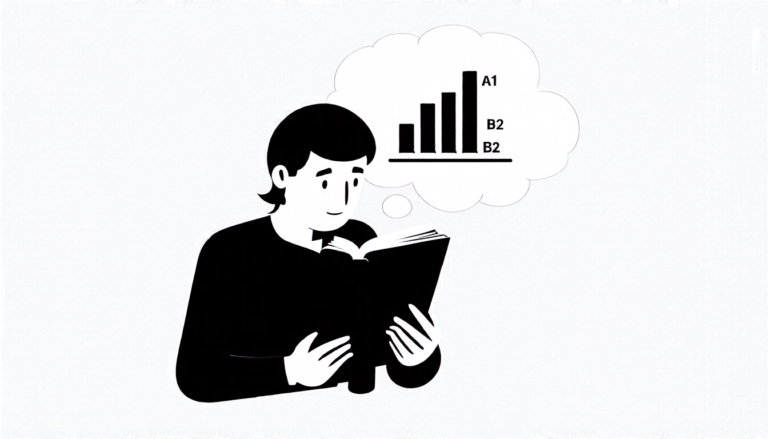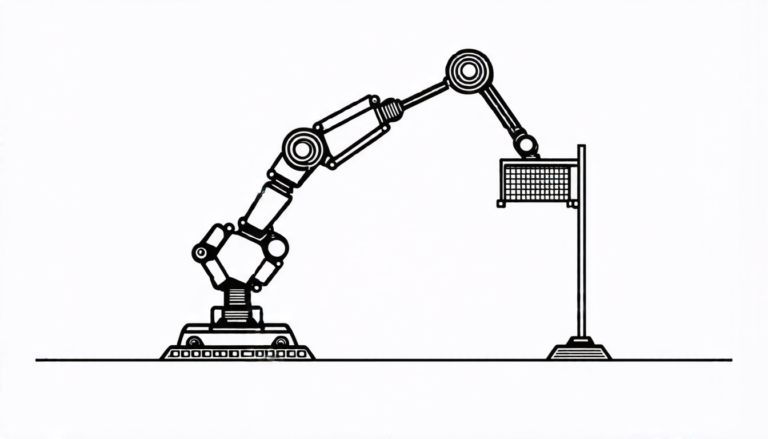Thursday 06 March 2025
A new approach to remote sensing image segmentation has been unveiled, one that leverages the power of foundation models to achieve superior results. Foundation models are a type of artificial intelligence designed to learn general knowledge and concepts from vast amounts of data. They have been shown to excel in various tasks, such as language translation and visual recognition.
The researchers behind this latest development used a combination of two foundation models: CLIP (Contrastive Language-Image Pre-training) and SAM (Segmentation Attention Model). The former is trained on massive datasets of text and images, allowing it to learn about the relationships between words and concepts. The latter is designed specifically for image segmentation, using attention mechanisms to focus on specific regions of an image.
To achieve remote sensing image segmentation, the researchers employed a novel architecture that bridges the two models. This bridge, known as AttnPrompter, converts CLIP’s learned textual semantics into prompt inputs for SAM. These prompts serve as guidance for SAM to generate precise masks for referring remote sensing images.
The resulting model, dubbed RSRefSeg, has been tested on a dataset of 17,402 remote sensing image triplets. Each triplet consists of an image, its corresponding mask, and a referring expression. The results show that RSRefSeg outperforms existing methods, achieving state-of-the-art performance in this challenging task.
One key advantage of RSRefSeg is its ability to learn from vast amounts of data, allowing it to generalize well across different domains and tasks. This is particularly important for remote sensing image segmentation, where the same object or feature may be referred to differently depending on the context.
The researchers also experimented with various components of the model, including the number of trainable parameters in SAM’s encoder and the spatial downsampling rates used in AttnPrompter. These experiments revealed that an optimal balance between these factors is crucial for achieving superior performance.
While remote sensing image segmentation may seem like a niche area of research, it has important implications for applications such as environmental monitoring, urban planning, and disaster response. The ability to accurately identify objects and features within images can inform critical decisions and improve our understanding of the world around us.
As AI continues to advance and become more pervasive in our daily lives, developments like RSRefSeg will play an increasingly important role in driving innovation and progress. By combining the strengths of foundation models with specialized architectures designed for specific tasks, researchers are unlocking new possibilities for image analysis and processing.
Cite this article: “Foundation Models Unleash Superior Results in Remote Sensing Image Segmentation”, The Science Archive, 2025.
Remote Sensing, Image Segmentation, Foundation Models, Clip, Sam, Attnprompter, Rsrefseg, Artificial Intelligence, Language-Image Pre-Training, Segmentation Attention Model







